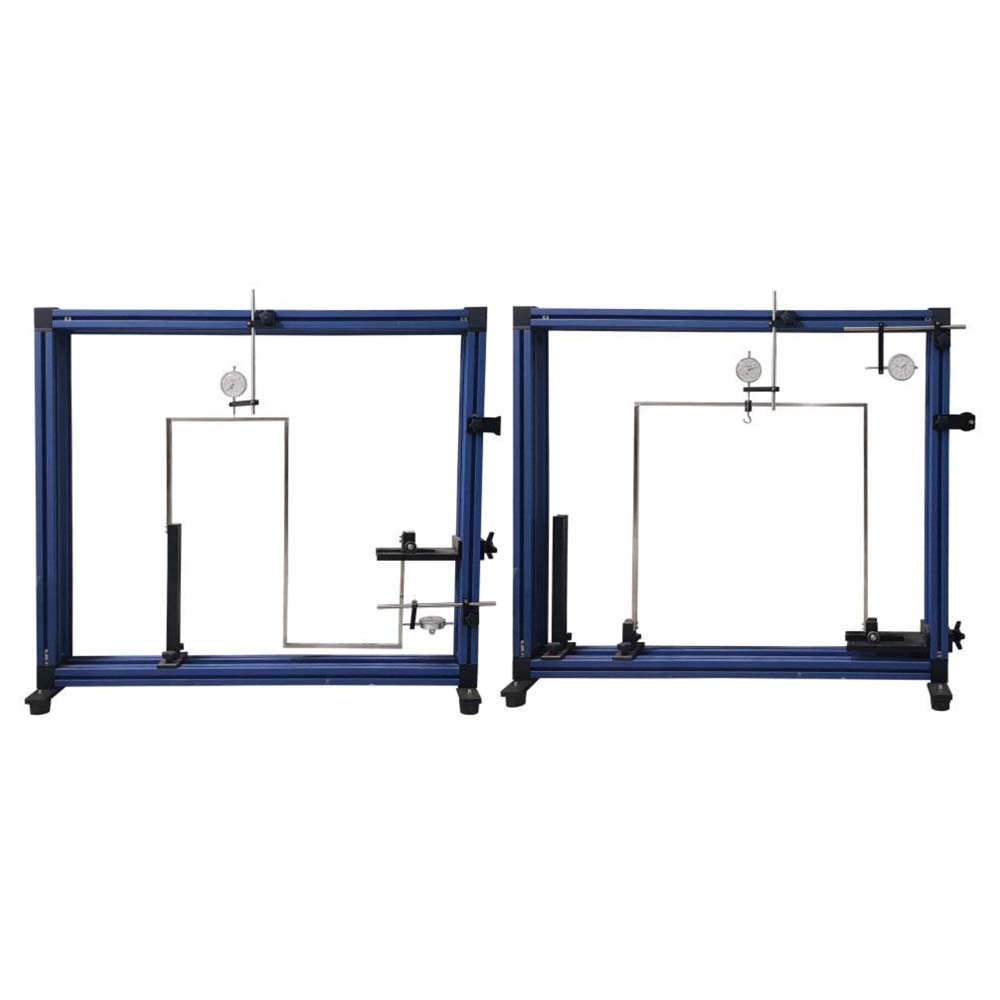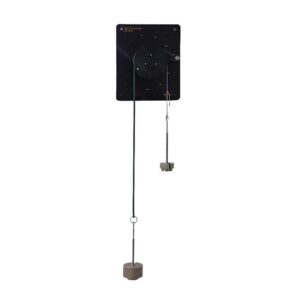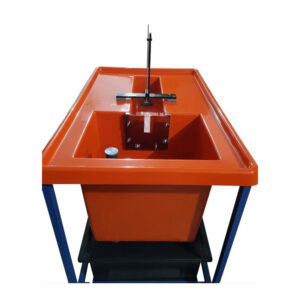A frame is a bent beam with rigid corners that creates a gauge known as the structure. This indicates that it both fills in a gap and creates height. This device has a standard U-shaped frame like those found, say, in hall construction. While the opposite end can be installed loosely, the first end is clamped into place. The statically determinate frame is examined when the unclamped end is still free. A frame with a roller bearing on the unclamped end is statically indeterminate. Two sets of weights apply a load on the frame. The points where the load is applied are movable. The deformations of the Frame under load are recorded by two dial gauges. The bending moment characteristics for a statically determinate and indeterminate frame are determined by using a variety of techniques (first-order elasticity theory, the principle of superposition, and the principle of virtual work). The differential equation of the bent line is constructed using these characteristic curves and an integrals chart (coupling table). Displacements and the support force on the movable support can be calculated from the bent line and its derivations. A second, S-shaped frame can be used to show that the various methods are applicable to any kind of frame. The experiment’s components are all organised clearly and kept safe in a storage system. The frame contains the entire experiment setup. The comprehensive course materials outline the foundations and offer a step-by-step description of the experiments.
Experiments:
- Relationship between load application and deformation on the frame.
- Differences between statically determinate and Statically indeterminate frame.
- Familiarisation with the first-order elasticity theory for statically determinate and Indeterminate systems.
- Application of the principle of superposition.
- Application of the principle of virtual work on statically determinate and statically Indeterminate frames determination of a deformation by the principle of virtual forces.
- Determination of a load by the principle of virtual displacement.
- Comparison of calculated and measured Deformations
Specifications
- Investigation of the deformation of steel frames under load.
- U-shaped and S-shaped frame.
- Statically determinate or statically indeterminate bearing support possible.
- 1 long and 1 short clamping pillar




